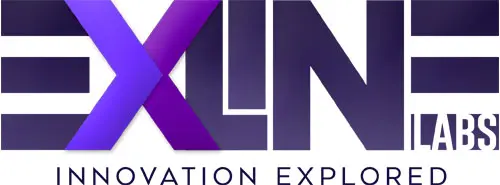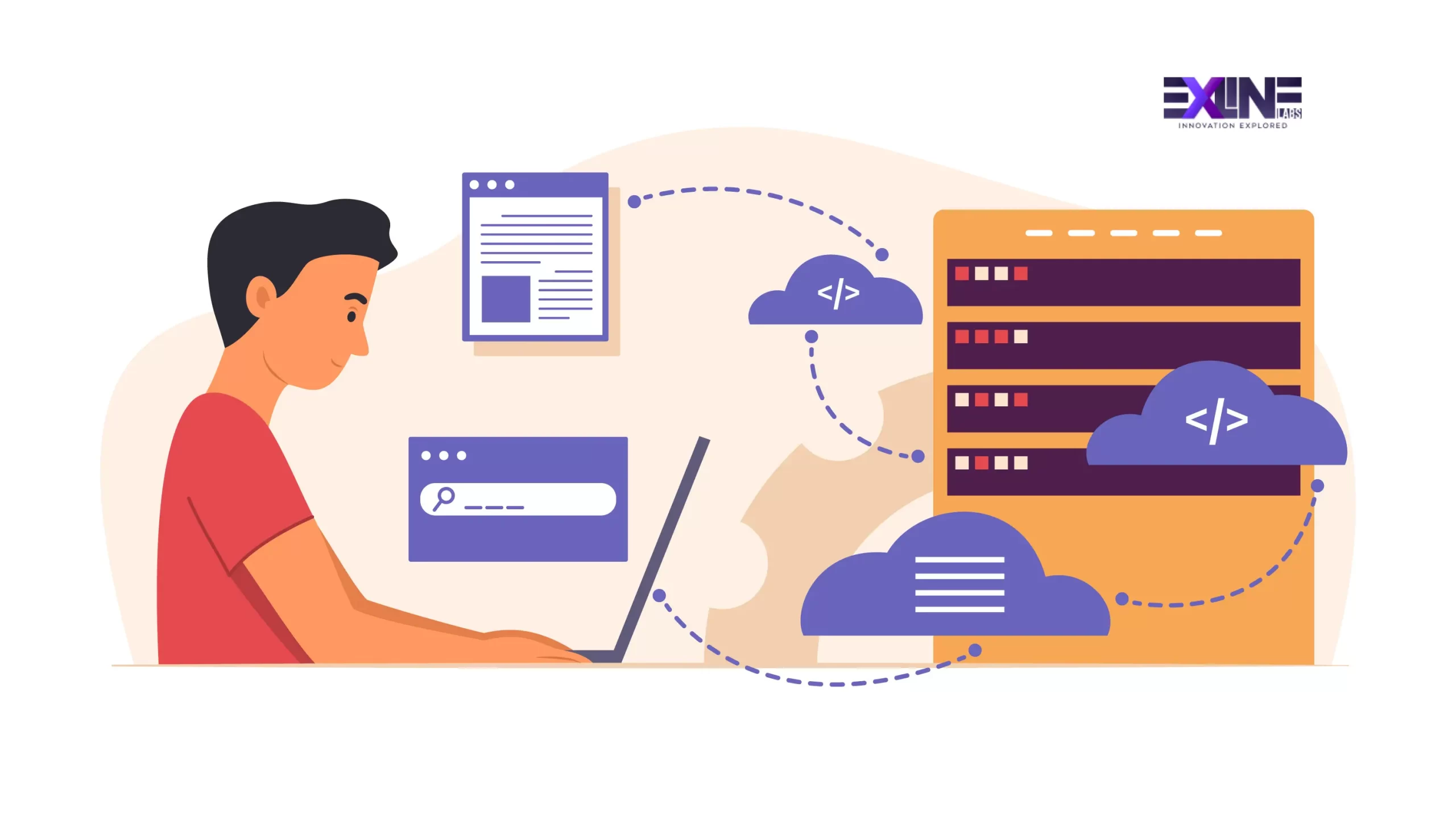In the digital age, businesses have more options than ever when it comes to software solutions. The two primary choices are cloud-based and on-premises software. But which is best for your business? Let’s dive into the comparison to help you make an informed decision.
Introduction
In the rapidly evolving world of technology, choosing the right software for your business is a critical decision. This blog post will explore the differences between cloud-based and on-premises software solutions. We’ll discuss the pros and cons of each, helping you decide which option aligns best with your business needs.
Cloud Software
Cloud software, also known as Software as a Service (SaaS), is hosted on remote servers and accessed via the internet. This model offers scalability, accessibility, and cost-efficiency. Let’s delve deeper into the advantages and potential drawbacks of using cloud-based software for your business.
Advantages of Cloud Software
- Scalability: One of the primary advantages of cloud software is its scalability. It allows businesses to easily scale their software usage up or down as needed. Whether you’re a small startup or a large enterprise, cloud software can adapt to your business’s changing requirements.
- Accessibility: Cloud software can be accessed from anywhere with an internet connection. This is particularly beneficial in an age where remote work and collaboration are becoming more prevalent. Your team can access critical applications and data from the office, home, or while on the go.
- Cost-Efficiency: Cloud software typically follows a subscription-based model, eliminating the need for significant upfront investment. This pay-as-you-go approach can be cost-efficient for businesses, as you only pay for the resources and features you use.
- Automatic Updates: Cloud providers often handle software updates, security patches, and maintenance, reducing the burden on your IT department. This ensures that your software is always up-to-date and secure.
- Backup and Disaster Recovery: Cloud providers offer robust backup and disaster recovery options. Your data is frequently backed up, reducing the risk of data loss due to unexpected events.
Drawbacks of Cloud Software
- Data Security Concerns: While cloud providers invest heavily in security measures, some businesses may have concerns about data security and privacy. Storing sensitive information off-site may not be suitable for all industries or regulatory environments.
- Dependency on Internet Connectivity: Cloud software requires a reliable internet connection. If your internet goes down, you may experience disruptions in accessing your software and data.
- Subscription Costs Over Time: While the subscription model can be cost-effective initially, long-term costs may add up. Some businesses might find that on-premises software is more cost-efficient over an extended period.
- Limited Customization: Cloud software may not offer the same level of customization as on-premises solutions. Your ability to tailor the software to your unique business processes may be limited.
On-Premises Software
On-premises software is installed and operated from a local server within your organization’s infrastructure. It provides full control and security but may require more upfront investment. Let’s delve into the benefits and challenges of implementing on-premises software.
Advantages of On-Premises Software
- Full Control: With on-premises software, you have complete control over your data and infrastructure. This can be crucial for businesses with strict compliance requirements or those that need to maintain high levels of data security.
- Customization: On-premises software can often be highly customized to meet your specific business processes. You have the flexibility to tailor the software to your exact needs.
- No Dependency on Internet: On-premises software doesn’t rely on internet connectivity for day-to-day operations. This can be advantageous in areas with unreliable internet access.
- Long-Term Cost Benefits: While on-premises software typically involves higher initial costs, it may be more cost-effective over the long term. Once you’ve made the initial investment, ongoing costs can be lower than subscription-based cloud solutions.
Drawbacks of On-Premises Software
- Higher Initial Costs: Implementing on-premises software requires significant upfront investment in hardware, software, and IT infrastructure. This cost can be a barrier for smaller businesses.
- Maintenance and Updates: On-premises software requires ongoing maintenance, including software updates and security patches. This responsibility falls on your IT department, which can be resource-intensive.
- Limited Accessibility: On-premises software is typically accessible only from within your organization’s network. Remote access often requires complex VPN setups, which can be less convenient for remote work scenarios.
- Scalability Challenges: Scaling on-premises software can be more complex and expensive than cloud solutions. If your business experiences rapid growth, you may need to invest in additional hardware and infrastructure.
Key Considerations
As we’ve seen, both cloud and on-premises software have their strengths and weaknesses. The decision you make should align with your business’s specific needs, size, industry, and long-term goals. Here are some key considerations to help you make an informed choice:
- Business Size: Small businesses with limited IT resources may find cloud software more accessible and cost-effective. Larger enterprises with stringent data security and customization requirements might lean toward on-premises solutions.
- Industry and Compliance: Certain industries, such as healthcare or finance, have strict regulatory requirements. Ensure that your chosen software solution complies with industry-specific regulations.
- Scalability: Consider your business’s growth potential. If you anticipate rapid expansion, a cloud solution might be more adaptable.
- Data Sensitivity: Evaluate the sensitivity of your data. If you deal with highly confidential or proprietary information, on-premises software might offer better control and security.
- Budget: Assess your budget constraints. While cloud software requires minimal upfront investment, on-premises solutions might offer long-term cost savings.
Conclusion
Ultimately, the choice between cloud and on-premises software depends on your business’s unique needs and circumstances. It’s not a one-size-fits-all decision. Take the time to evaluate your requirements, industry, budget, and long-term goals before making a choice. Both cloud and on-premises software have their merits, and the right decision will empower your business with the tools it needs to thrive.
Want to explore your software options further?
If you’re interested in taking the next step and exploring software solutions that best suit your business needs, check out our web development services page for expert guidance. Alternatively, if you have specific questions or require personalized assistance, feel free to contact us.

